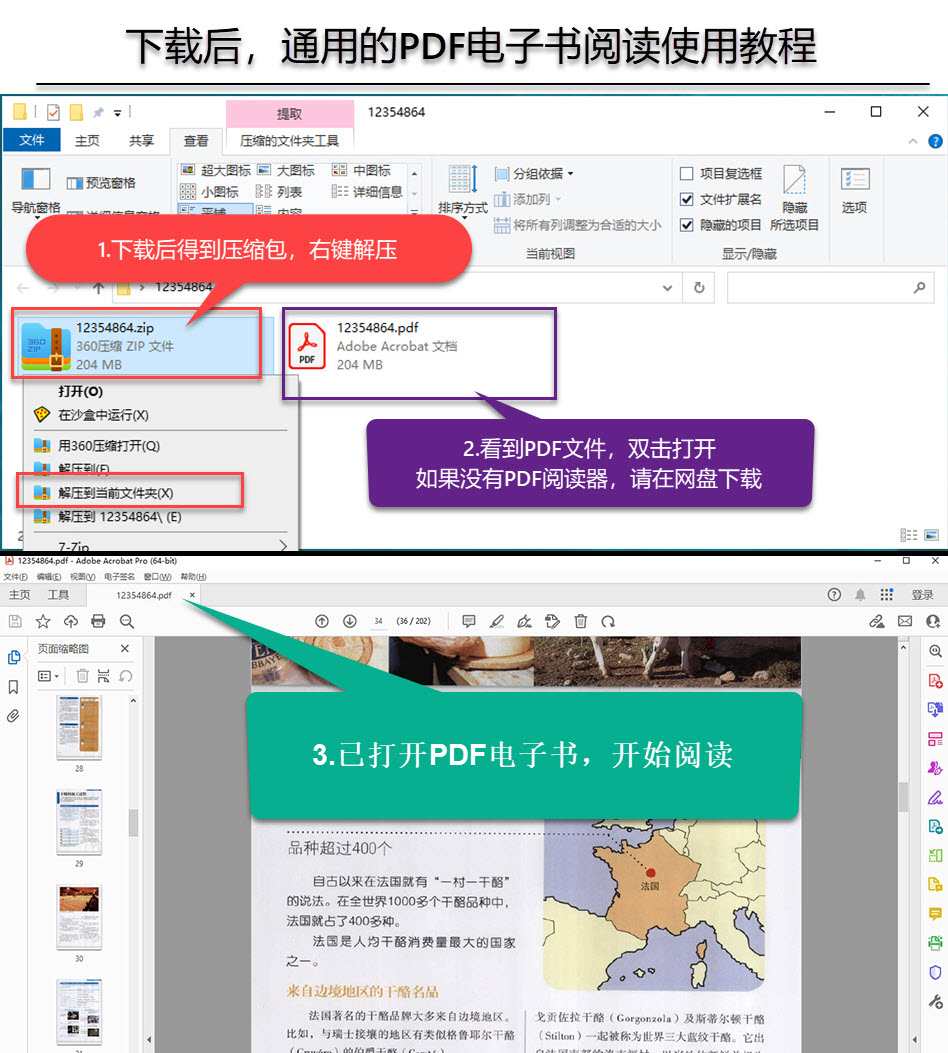可压缩流的大涡模拟方法
节选
[
加尼尔编著的《可压缩流的大涡模拟方法(英文)》旨在讲述les基础及其在实践中的应用。为了*大程度地缩小理论框架之间的衔接,缓解les研究和日益增长的工程模型应用中的需求之间的矛盾,《可压缩流的大涡模拟方法(英文)》*大程度地将和该领域有关论题囊括其中,用全新的方式全面讲述了les理论及其应用。
]
目录
1 introduction2 les governing equations 2.1 preliminary discussion 2.2 governing equations 2.2.1 fundamental assumptions 2.2.2 conservative formulation 2.2.3 alternative formulations 2.3 filtering operator 2.3.1 definition 2.3.2 discrete representation of filters 2.3.3 filtering of discontinuities 2.3.4 filter associated to the numerical method 2.3.5 commutation error 2.3.6 favre filtering 2.3.7 summary of the different type of filters 2.4 formulation of the filtered governing equations 2.4.1 enthalpy formulation 2.4.2 temperature formulation 2.4.3 pressure formulation 2.4.4 entropy formulation 2.4.5 filtered total energy equations 2.4.6 momentum equations 2.4.7 simplifying assumptions 2.5 additional relations for les of compressible flows .. 2.5.1 preservation of original symmetries 2.5.2 discontinuity jump relations for les 2.5.3 second law of thermodynamics 2.6 model construction 2.6.1 basic hypothesis 2.6.2 modeling strategiese. gamier et al., large eddy simulation for compressible flows,scientific computation,springer science + business media b.v. 20093 compressible turbulence dynamics 3.1 scope and content of this chapter 3.2 kovasznay decomposition of turbulent fluctuations 3.2.1 kovasznay’s linear decomposition 3.2.2 weakly nonlinear kovasznay decomposition 3.3 statistical description of compressible turbulence 3.4 shock-turbulence interaction 3.4.1 introduction to the linear interactionapproximation theory 3.4.2 vortical turbulence-shock interaction 3.4.3 mixed-mode turbulence-shock interaction 3.4.4 consequences for subgrid modeling 3.5 different regimes of isotropic compressible turbulence 3.5.1 quasi-isentropic-turbulence regime 3.5.2 nonlinear subsonic regime 3.5.3 supersonic regime 3.5.4 consequences for subgrid modeling4 functional modeling 4.1 basis of functional modeling 4.1.1 phenomenology of scale interactions 4.1.2 basic functional modeling hypothesis 4.2 sgs viscosity 4.2.1 the boussinesq hypothesis 4.2.2 smagorinsky model 4.2.3 structure function model 4.2.4 mixed scale model 4.3 isotropic tensor modeling 4.4 sgs heat flux 4.5 modeling of the subgrid turbulent dissipation rate 4.6 improvement of sgs models 4.6.1 structural sensors and selective models 4.6.2 accentuation technique and filtered models 4.6.3 high-pass filtered eddy viscosity 4.6.4 wall-adapting local eddy-viscosity model 4.6.5 dynamic procedure. 4.6.6 implicit diffusion and the implicit les conceptexplicit structural modeling 5.1 motivation of structural modeling 5.2 models based on deconvolution 5.2.1 scale-similarity model 5.2.2 approximate deconvolution model 5.2.3 tensor-diffusivity model 5.3 regularization techniques 5.3.1 eddy-viscosity regularization 5.3.2 relaxation regularization 5.3.3 regularization by explicit filtering 5.4 multi-scale modeling of subgrid-scales 5.4.1 multi-level approaches 5.4.2 stretched-vortex model 5.4.3 variational multi-scale modelrelation between sgs model and numericaldiscretization 6.1 systematic procedures for nonlinear error analysis 6.1.1 error sources 6.1.2 modified differential equation analysis 6.1.3 modified differential equation analysis in spectral space 6.2 implicit les approaches based on linear and nonlinear discretization schemes 6.2.1 the volume balance procedure of schumamm 6.2.2 the kawamura-kuwahara scheme 6.2.3 the piecewise-parabolic method 6.2.4 the flux-corrected-transport method 6.2.5 the mpdata method 6.2.6 the optimum finite-volume scheme 6.3 implicit les by adaptive local deconvolution 6.3.1 fundamental concept of aldm 6.3.2 aldm for the incompressible navier-stokes equations 6.3.3 aldm for the compressible navier-stokes equations 7 boundary conditions for large-eddy simulation of compressible flows 7.1 introduction 7.2 wall modeling for compressible les 7.2.1 statement of the problem 7.2.2 wall boundary conditions in the kovasznaydecomposition framework: an insight 7.2.3 turbulent boundary layer: vorticity and temperaturefields 7.2.4 turbulent boundary layer: acoustic field 7.2.5 consequences for the development of compressible wall models 7.2.6 extension of existing wall models for incompressible flows 7.3 unsteady turbulent inflow conditions for compressible les. 7.3.1 fundamentals 7.3.2 precursor simulation: advantages and drawbacks ……8 subsonic applications with compressibility effects9 supersonic applications10 supersonic applications with shock-turbulence interactionreferencesindex
封面

书名:可压缩流的大涡模拟方法
作者:(法)加尼尔 著
页数:276
定价:¥49.0
出版社:世界图书出版公司
出版日期:2013-03-01
ISBN:9787510058202
PDF电子书大小:86MB 高清扫描完整版
本文标题:《可压缩流的大涡模拟方法》PDF下载
资源仅供学习参考,禁止用于商业用途,请在下载后24小时内删除!

